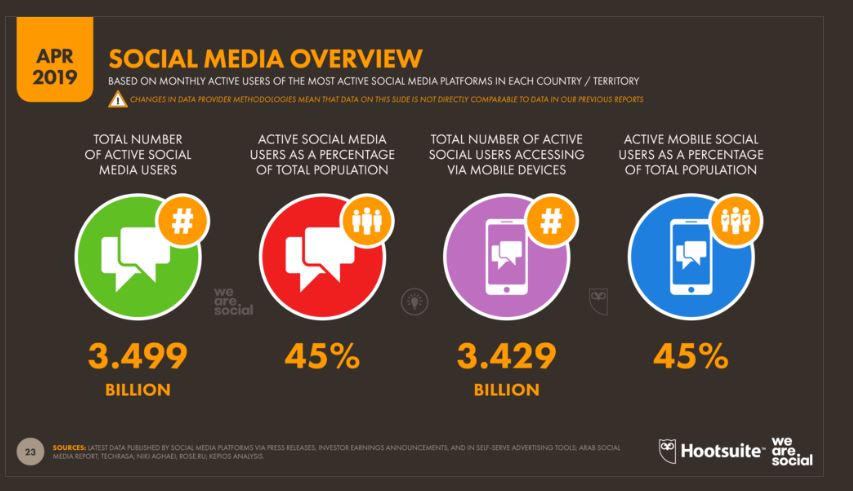When eCommerce took off it not only disrupted, but also shook Boardroom’s around the world, it seems that ‘Social Commerce’ is already having a similar disruptive effect.
However, compared to what seems like the biggest healthcare crisis in the last 50 years even that seems small.
In the world of 'Healthcare Solutions' it seems they're still obsessed with ‘broadcasting’ and regurgitating the corporate message. During some recent research (to be published in another blog) we consistently found evidence that whilst they are happy to have a ‘social media’ presence, it seems for the majority ‘Social Media’ is mainly a platform to talk about themselves, the products they sell, and the benefits (their) products and services deliver.

The healthcare solutions sector is notorious for lagging behind other industries when it comes to digital adoption.
To remain competitive in the years to come, healthcare marketers must evolve alongside today’s fast-paced digital world. The idea isn’t to replace traditional marketing but rather to integrate highly segmented, targeted online and offline tactics that can communicate, nurture, and engage patients across a variety of channels – over the patient’s lifecycle.

I'm going to pick a company at random, which has 74,000 employees and probably millions of customers. Based on a 'Permission' led form of marketing they should have all their employees (or most of them) listening to those millions of customers, and if done correctly they would have all their customers listening to them. They should therefore have literally millions of followers on social.
They have a total of 347,575 followers on Twitter.
Something is obviously wrong. It's wrong because they're simply broadcasting how great the company is and of course, nobody cares. There cannot be much going on at the company as the last Tweet was in February and I'm writing this in May.
Let's look at an approach for using social media and activating their employees. Even if they only activated 10% of the workforce and if that 10% of the workforce had only 100 followers, they would have a network of 740,000 first degree connections. Double what they currently have.
If you activated 30% of the employees and those employees all had 500 followers, which is a more likely result, the first degree connects would be 11 Million.
So what do they need to do? They need to stop broadcasting, they need to start listening, and then they need to start engaging. They also need to empower their employees to talk online. This is NOT another channel to stuff social media with all that corporate content that people are ignoring. But for the employees to be themselves and to talk on social in an authentic way.
Just think, not only will you reach 11 million people (not the current 347,575) but that 11 million will share and amplify that content.
And If you need further proof on the impact around how ‘Social Media’ has already changed the traditional Business to Business (B2B) sector, recent research from ‘Gartner and Forrester’ can now evidence that circa 68% of due diligence on a company, its products, and even its key employees is being done prior to any direct contact with a potential vendor.
During that process there are between 8-10 internal stakeholders investing 40+ hours doing that research, and where do you think most of that research is being carried out?
Certainly not your website, or corporate brochure that's for sure!
Why is this important?
Because, chances are you are already way behind where you need to be.
We are active 'practitioners' of what we do, we already know and can evidence the ROI of a robust and internally aligned 'Social' strategy.
Part of that evidence it that you are reading this blog, just like many others - including your competitor!
We also don't do outbound pushy, salesy marketing, so if you would like to explore more, please contact the author of this blog.
To remain competitive in the years to come, healthcare marketers must evolve alongside today’s fast-paced digital world. The idea isn’t to replace traditional marketing but rather to integrate highly segmented, targeted online and offline tactics that can communicate, nurture, and engage patients across a variety of channels – over the patient’s lifecycle.
https://www.evariant.com/blog/biggest-healthcare-marketing-challenge
 unknownx500
unknownx500











